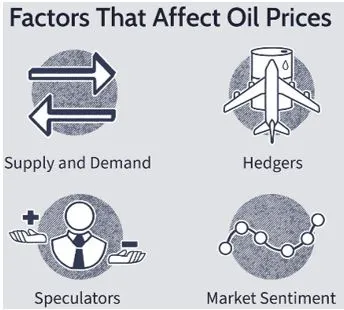

3rd June 2024 (12 Topics)
Context
OPEC+ extended deep oil output cuts until 2025 due to tepid demand growth and rising U.S. production. Current cuts of 3.66 million bpd were extended until end of 2025. Additional cuts of 2.2 million bpd extended until September 2024. These cuts will be gradually phased out from October 2024 to September 2025.
What are OPEC and OPEC+?
- OPEC Formation: Established in 1960 by Iraq, Iran, Kuwait, Saudi Arabia, and Venezuela, OPEC aimed to coordinate petroleum policies and stabilize prices.
- Membership: Currently comprises 12 countries, primarily from the Middle East and Africa, collectively representing about 30% of global oil production.
- OPEC Current Members: Saudi Arabia, United Arab Emirates, Kuwait, Iraq, Iran, Algeria, Libya, Nigeria, Congo, Equatorial Guinea, Gabon, and Venezuela.
- OPEC+ Partners: Russia, Azerbaijan, Kazakhstan, Bahrain, Brunei, Malaysia, Mexico, Oman, South Sudan, and Sudan.
- OPEC+: Formed at the end of 2016, OPEC+ is a coalition including 10 non-OPEC oil exporters like Russia.
- Objective: Together, OPEC and OPEC+ aim to regulate global oil supply, accounting for approximately 41% of global oil production.
Influence on Global Oil Prices:
- Market Share: OPEC member states' exports make up nearly 49% of global crude exports. They also possess approximately 80% of the world's proven oil reserves.
- Decision Making: Regular meetings determine the amount of oil to sell on global markets. Adjusting supply in response to demand fluctuations impacts global oil prices.
Fact Box: Working of Crude Oil Market
|
More Articles




